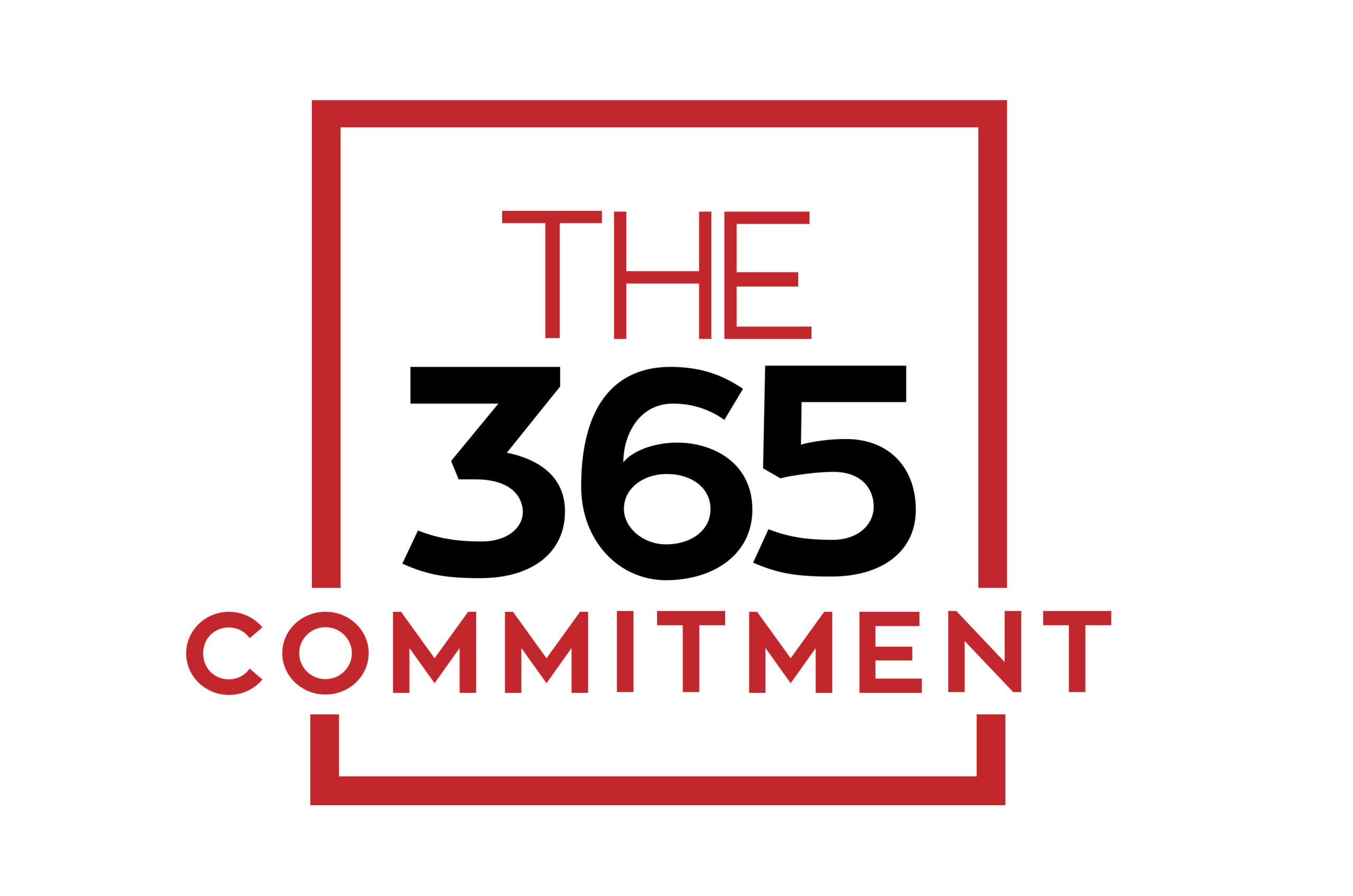When you hear the term steep learning curve, you might associate it with something difficult, maybe even daunting. But in a technical sense, the steepness of the curve often indicates rapid progress within a short amount of time. While this informal usage of the term is widely accepted, the scientific basis behind it paints a different picture.
If you’re venturing into a new area—whether it’s a new skill, a new job, or even a new project—you’ll likely experience the steepest part of the learning curve during the initial phase. That’s when the difficulty vs time ratio feels most overwhelming. But let me tell you, that’s also the good thing about a steep curve: it’s where the magic happens.
The Early Struggles of a Steep Hill
Recently, I saw this play out in real life. My daughter joined a high-performing team for basketball, which was a new area for her. Despite her best efforts, the skill level of her teammates felt like a steep hill she was struggling to climb. From her perspective, the learning process was grueling. From mine, I saw her making quick progress.
This same dynamic appeared when I was teaching basic concepts in computer networking. Students transitioning from video games or unrelated careers like forklift driving faced a completely different way of thinking. Imagine starting with nothing but the x-axis and y-axis of a flat curve and trying to climb toward mastery. Yet, those who pushed through the difficult thing of decoding binary, understanding routing, and interpreting computer programs experienced rapid progress after a short period of time.
Why a Steep Learning Curve Is a Good Thing
In common usage, people often think of a steep learning curve in a negative sense, as if it’s something to avoid. But in its correct term and scientific usage, the steepest part of the curve represents quick progress in acquiring new knowledge or mastering new things.
Here’s why this steepness of the curve is actually a great deal:
- Effort Leads to MasteryThe more lot of effort and energy level you pour into the initial phase, the faster you’ll climb. Just like in artificial intelligence training, more data input during early stages leads to better results later.
- Scarcity and ValueIn economic terms, difficult achievements, which require a great deal of lot of time or lot of information, are inherently more valuable. This principle applies to any new skill or new project.
- Growth Comes from ResistanceWhether it’s physical resistance during weightlifting or mental resistance when tackling a new area, growth is fueled by pushing through challenges.
- Transformative JourneyAs you overcome the steepest part of the learning curve, you’ll gain not just new knowledge, but also qualities like resilience, discipline, and adaptability.
Effective Strategies for Tackling a Steep Learning Curve
If you find yourself staring up at a steep hill, here are some effective strategies to help:
- Reframe the Process: Don’t see it as a difficult thing. Instead, view it as an investment. The discomfort you feel now will pay off with quick progress later.
- Start with the Basics: Master the basic concepts. Think of it like building a straight line on the x-axis before scaling the y-axis.
- Break It Down: Divide the lot of information into smaller chunks. Tackling one unit of time or concept at a time makes the learning journey manageable.
- Use Mentorship and Community: Whether it’s joining a community like Stack Overflow or learning from someone more experienced, leveraging help saves much time and avoids unnecessary frustration.
- Stay Consistent: Remember, regular effort over a long period of time beats sporadic bursts.
The Transformation Is the Reward
The learning process isn’t just about gaining new knowledge. It’s about transforming yourself. People who climb the steep hill—whether it’s learning a language, mastering a computer program, or joining a high-performing team—don’t just come out with skills. They emerge with a deeper understanding of themselves.
If you document your learning journey, you’ll notice how far you’ve come. When you’re on the steepest part of the learning curve, it’s hard to see progress. But to those watching from the outside, your progress is clear. This perspective shift is why it’s crucial to track your achievements and celebrate along the way.
Conclusion
The next time you face a steeper learning curve, remember that it’s a good thing. The scientific basis for growth tells us that resistance is where we build strength. So when the going gets tough, keep climbing. Whether it’s learning a new skill, excelling in a new job, or navigating a new area, the summit is worth the climb.
By embracing the challenge, you’ll not only acquire new knowledge but also become someone stronger, more adaptable, and ready to tackle whatever life throws your way. And that’s the real reward.
